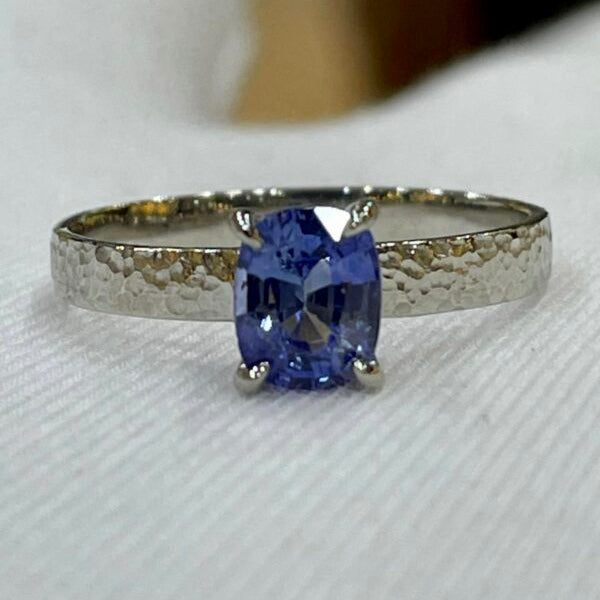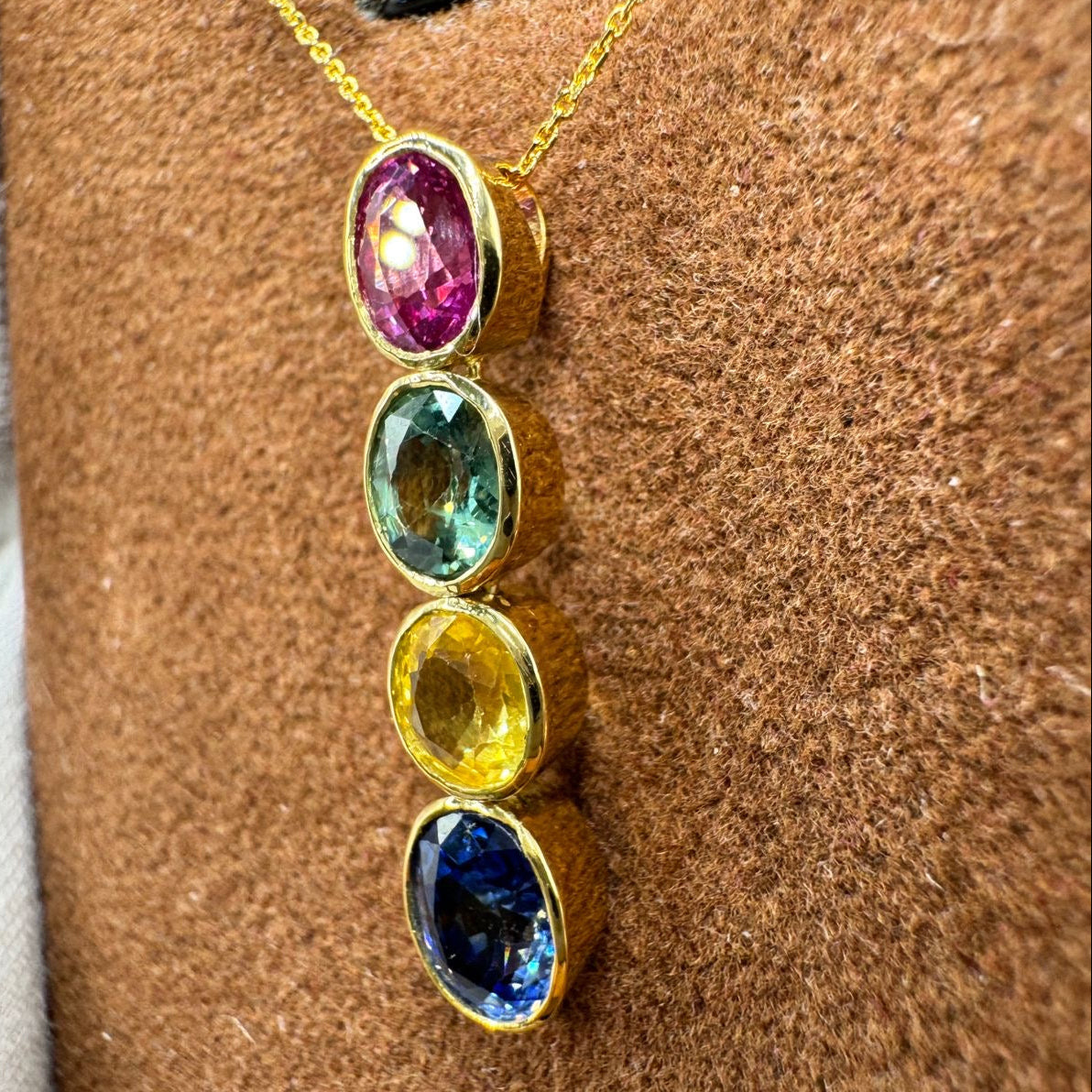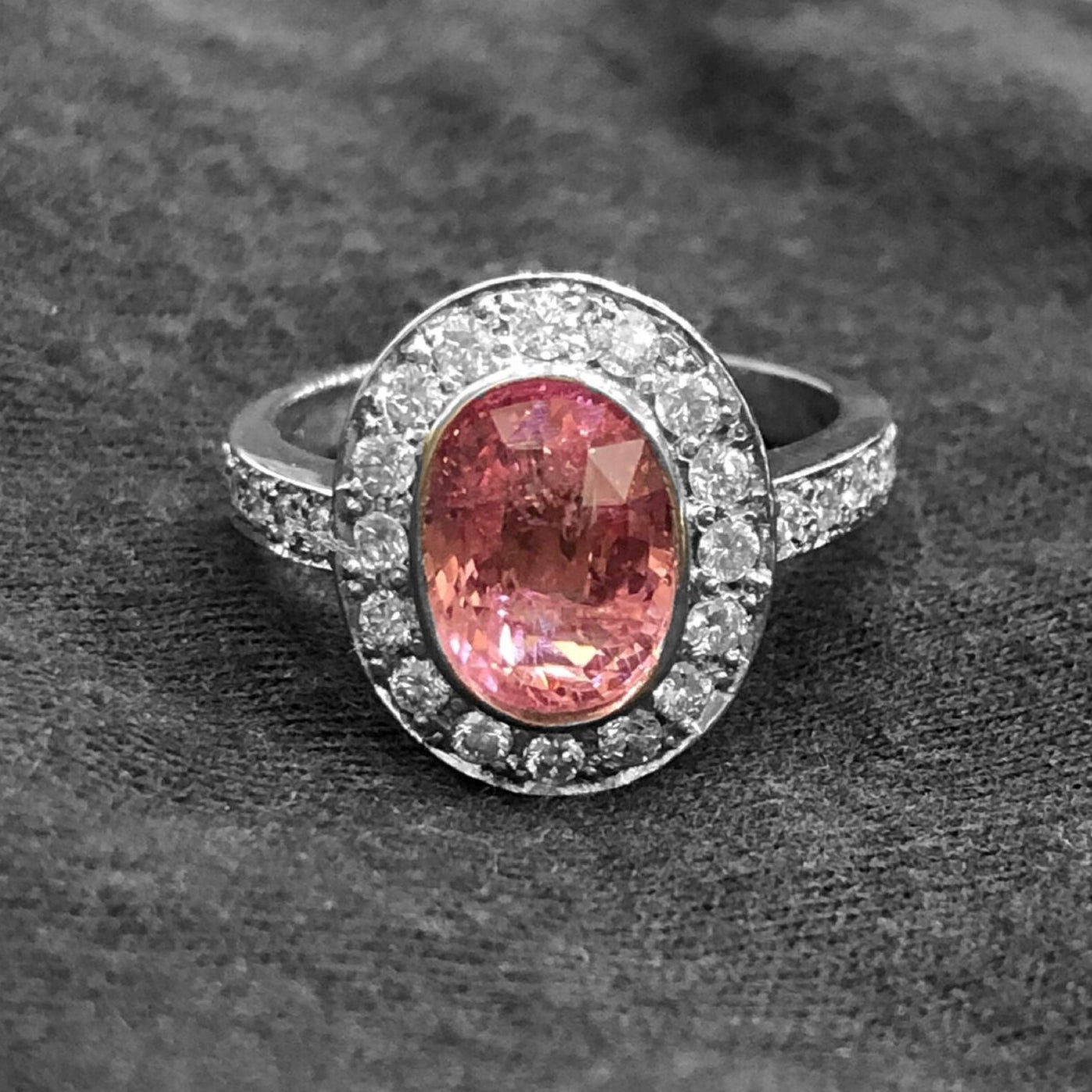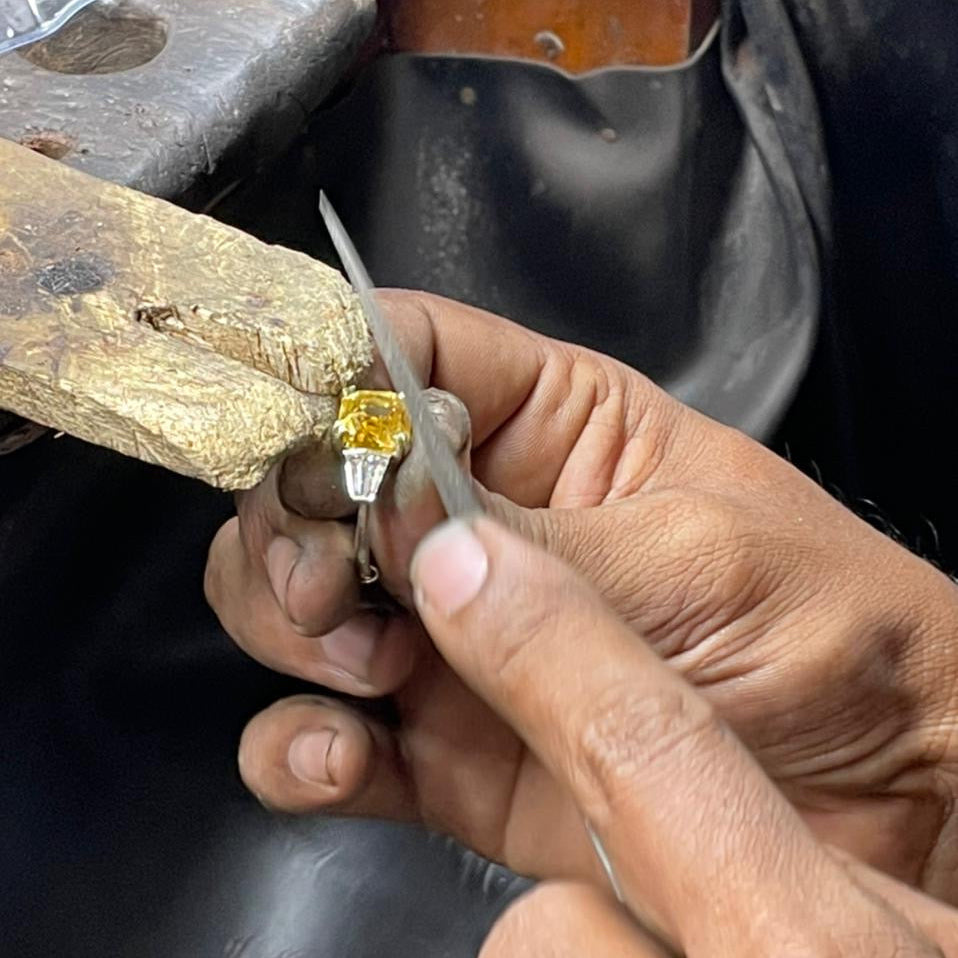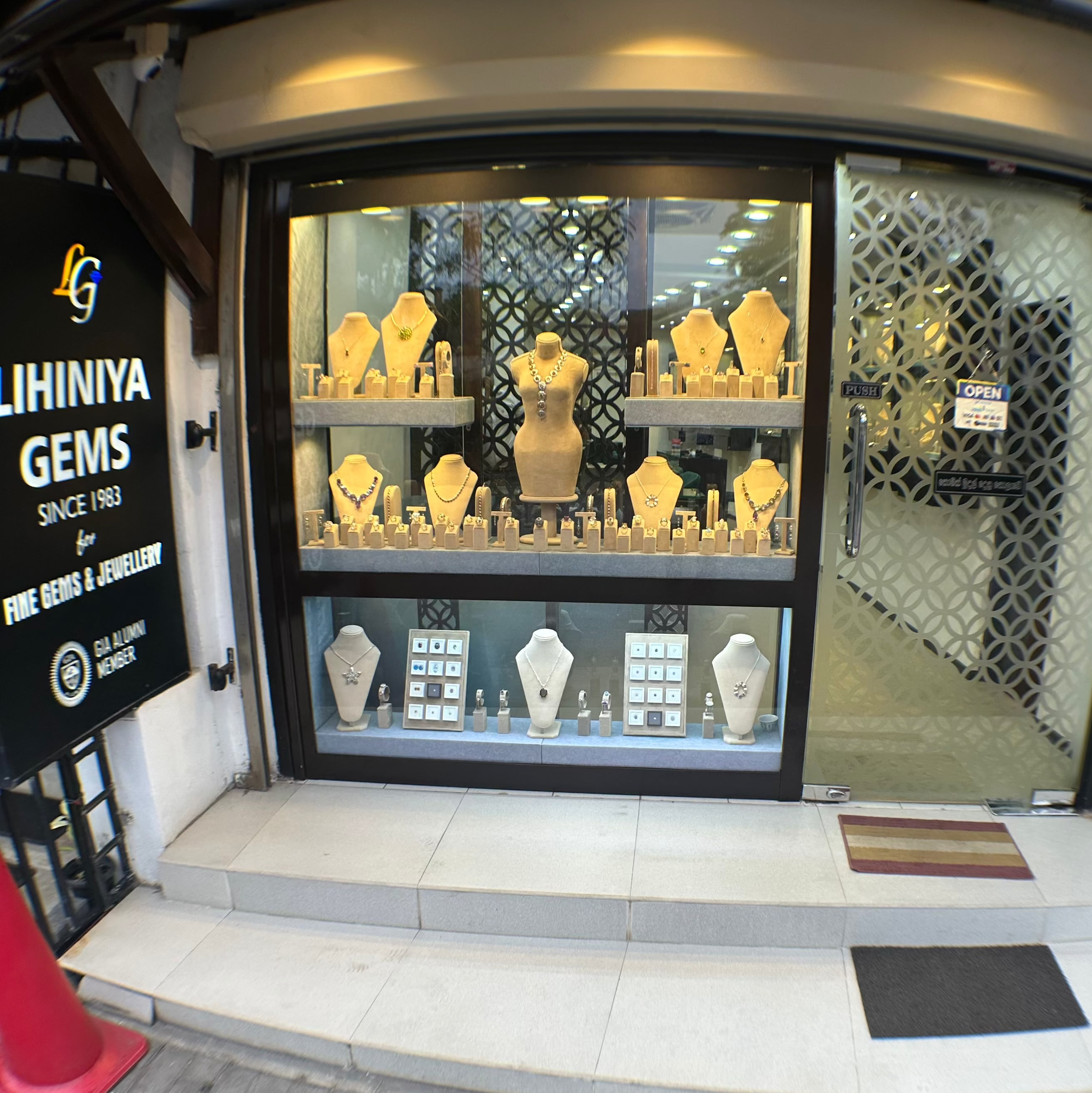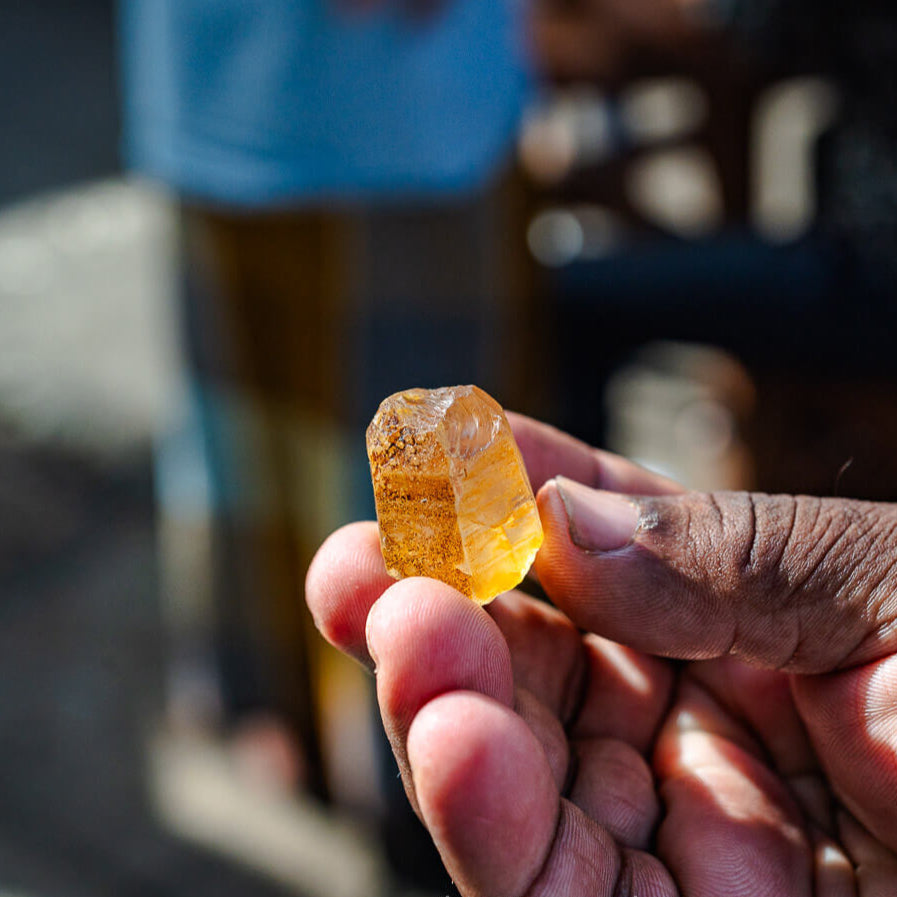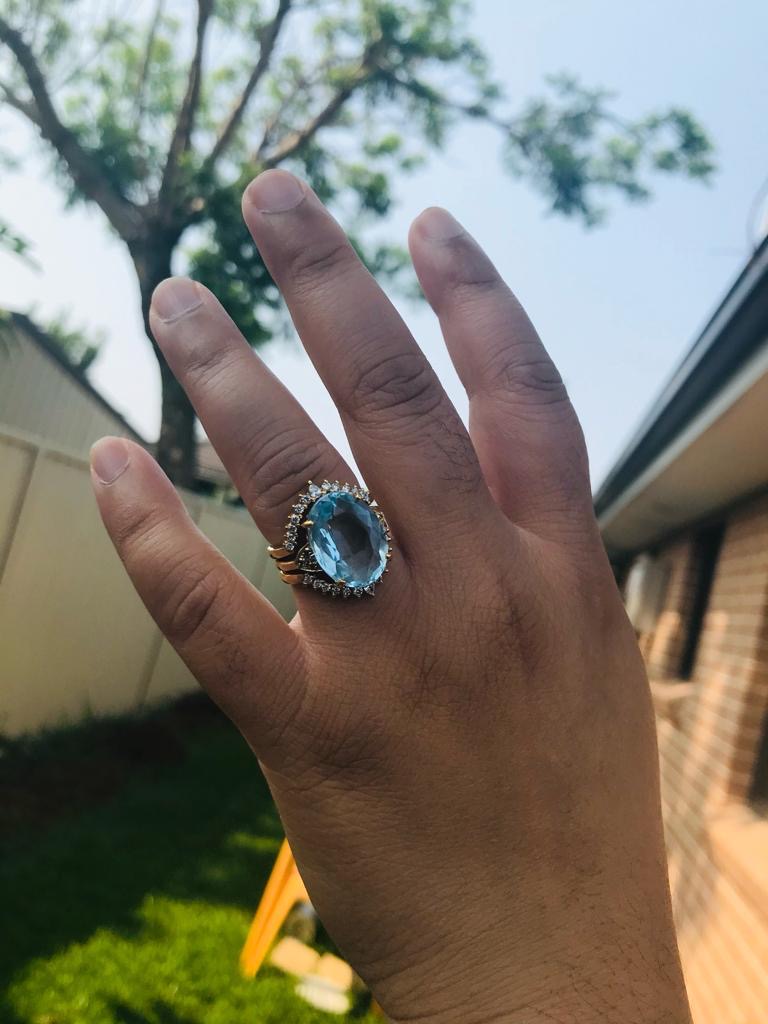
A Blend of Science, Art, and Emotion
We believe that extraordinary coloured gemstones have the ability to elevate our experience, fostering a deep emotional connection to life and beauty. This transformative power is akin to that of art, music, or any remarkable creation. Exceptional gemstones can make us feel grounded, present, and deeply appreciative of the world around us. As humans, we are innately drawn to be inspired.
So, how do you choose a coloured gemstone that resonates with you emotionally, maintains its value, and fits your budget? If you’ve considered purchasing a diamond, you may be familiar with the 4Cs – colour, clarity, cut, and carat weight – the established standard for grading diamonds. While the 4Cs framework can also be applied to coloured stones, not all of the Cs are weighted equally. Selecting a coloured gemstone is a blend of science, artistry, and personal emotion, making it a truly unique and meaningful process.

Colour
Why Colour Matters: The Personal and Emotional Reasons Behind Choosing a Sapphire
In our view, there are no right or wrong choices when selecting a colour. Instead, it’s about finding a colour that resonates with you on a deeper, more intuitive level. Our personal experiences and backgrounds shape our natural affinity for certain colours. Some are drawn to blue, evoking the vastness of oceans, the endless sky, and the jewels of royalty. Others are captivated by the power of red and vibrant pinks, symbolizing life’s wild energy and strength. Some prefer the soft touch of pastel pinks, peaches, and oranges, appreciating their subtle elegance. While others are drawn to greens, yellows, and teals, reflecting nature, renewal, hope, and fresh beginnings.
It’s important to note that some colours are rarer in nature than others, which contributes to their appeal and, ultimately, their value. For example, royal blue sapphires have been highly sought after for centuries, symbolizing royalty, luxury, and timeless beauty.
From a technical standpoint, colours are assessed across three aspects: ‘hue’ (the type of colour), ‘tone’ (how dark or light it is), and ‘saturation’ (how intense or muted the colour appears). Typically, for a given hue—such as royal blue or cornflower blue—a medium tone with medium to high saturation tends to be rarer, more desirable, and consequently more expensive.

Cut
enhancing its natural beauty and brilliance
The cut of a sapphire is a crucial factor in determining its overall beauty, brilliance, and how well it captures light. When a sapphire is cut symmetrically (or semitrically, meaning with balanced proportions and precision), it enhances the stone's natural characteristics, including its colour and clarity.
A well-cut sapphire ensures that the gemstone reflects light in a way that maximizes its brilliance and sparkle. Symmetryin the cut allows light to enter the stone at the right angles and bounce back through the top, enhancing its brilliance. This effect is especially important for sapphires, as it helps to accentuate the depth and richness of the stone's colour. A symmetrical cut ensures the stone's facets are aligned correctly, giving the sapphire a balanced and even appearance.
When a sapphire is cut poorly, it can cause light to escape from the sides or bottom, resulting in a dull or lifeless appearance, even if the gemstone itself is of high quality. Conversely, a carefully crafted symmetrical cut will allow the sapphire to come to life, showcasing its colour intensity and enhancing its natural beauty.
The most common shapes for sapphires include oval, round, emerald cut, pear, cushion, and princess cut, all of which can be made with symmetrical precision. Whether in a modern or traditional design, a symmetrical cut adds to the sapphire’s elegance, helping it stand out in jewelry pieces like rings, necklaces, and earrings.
In addition to aesthetics, the symmetry of the cut also contributes to the overall value of the sapphire. Stones that are cut with higher precision and symmetry are often valued higher because of the superior optical properties they exhibit. When a sapphire is cut in a way that enhances its inherent characteristics, it becomes a gemstone that not only looks stunning but also tells the story of expert craftsmanship.
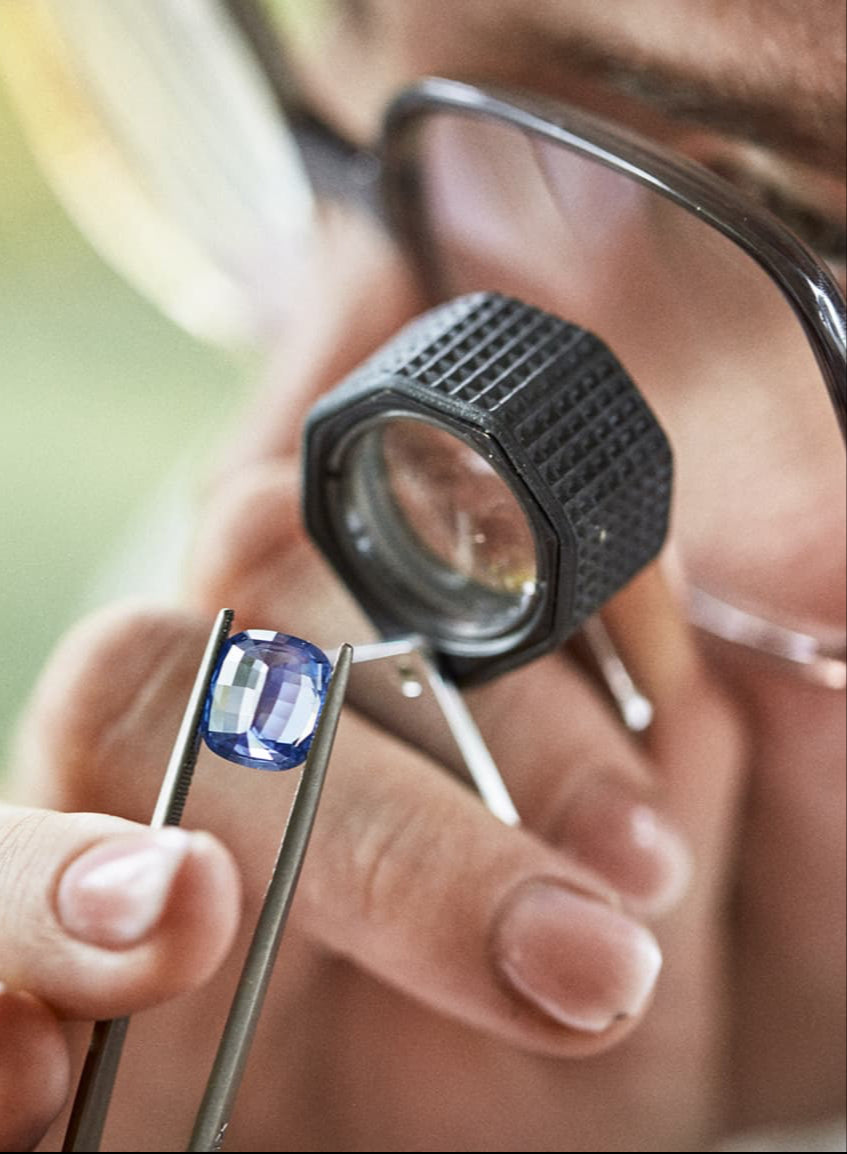
Clarity
The Importance of Clarity in Sapphires
Clarity is important in sapphires because it directly affects the gemstone's overall appearance, beauty, and value. Sapphires, like all gemstones, can contain natural internal characteristics called inclusions or blemishes. These inclusions are essentially the "birthmarks" of the gemstone, formed during its creation deep within the Earth. While some inclusions are expected and do not detract significantly from the beauty of the sapphire, clarity refers to how free the gemstone is from visible imperfections.
Here are a few reasons why clarity is important in sapphires:
- Aesthetic Appeal: Higher clarity sapphires tend to have fewer visible inclusions, allowing more light to pass through the gemstone. This enhances its brilliance and color, making the stone appear more vibrant and eye-catching.
- Durability: Inclusions or cracks within a sapphire can compromise its structural integrity. A stone with fewer inclusions is less likely to be prone to damage or breakage, ensuring it remains durable and resistant to everyday wear and tear.
- Value: Sapphires with higher clarity are typically more valuable than those with noticeable inclusions. The fewer the inclusions, the higher the price a sapphire can command, especially in the case of high-quality gemstones.
- Rarity: Perfectly clear sapphires are rare, so those with superior clarity are considered precious and are highly sought after in the market.
- Transparency of Color: Inclusions can sometimes affect the way light interacts with the sapphire, which may slightly alter its color appearance. A sapphire with fewer inclusions will generally have a more consistent, even color distribution.
However, it's important to note that inclusions are common in sapphires, and some inclusions can even add character to the stone. Many buyers prefer sapphires with unique, natural inclusions as they can give the gemstone an individual charm and tell the story of its journey through the Earth.
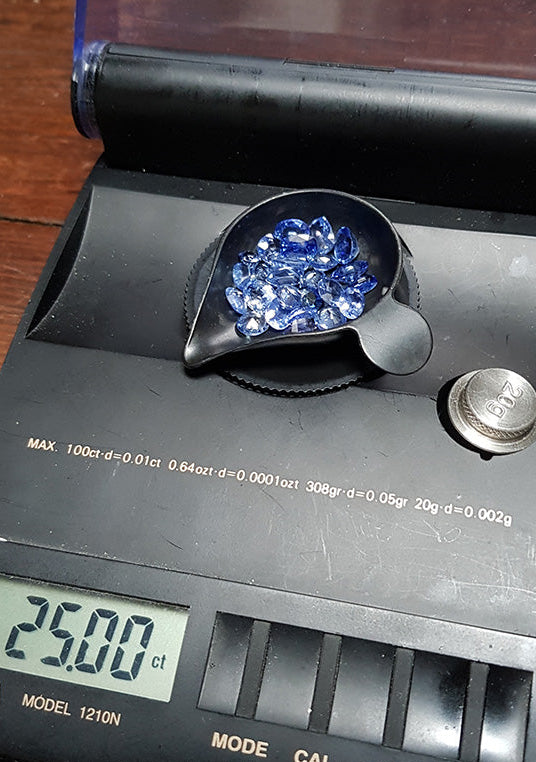
Carat weight
Larger coloured gemstones are significantly more rare and costly
The weight of a sapphire is a key factor influencing its size, value, rarity, and overall appearance. Measured in carats, the weight impacts several aspects:
- Value: Larger sapphires are rarer and more expensive, with higher prices per carat.
- Size: Weight determines the sapphire's size, which is crucial for making bold jewelry statements.
- Rarity: Larger sapphires are rare, especially those with high quality, making them highly sought after.
- Optical Properties: Heavier sapphires tend to have more brilliance and richer color due to their larger surface area.
- Investment Potential: Larger, high-quality sapphires appreciate in value over time, making them a good investment.
- Jewelry Design: The weight ensures that the sapphire fits properly into the design of the jewelry piece.
In conclusion, sapphire weight significantly affects its value, appeal, and desirability, making it a crucial consideration for both buyers and collectors.

Spectrum of colour
Magic of colourLearn about coloured gemstones
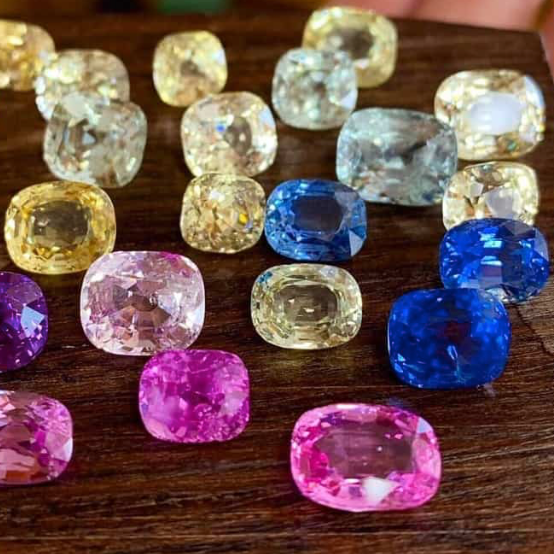
Spectrum of colours
Why Coloured Stones?
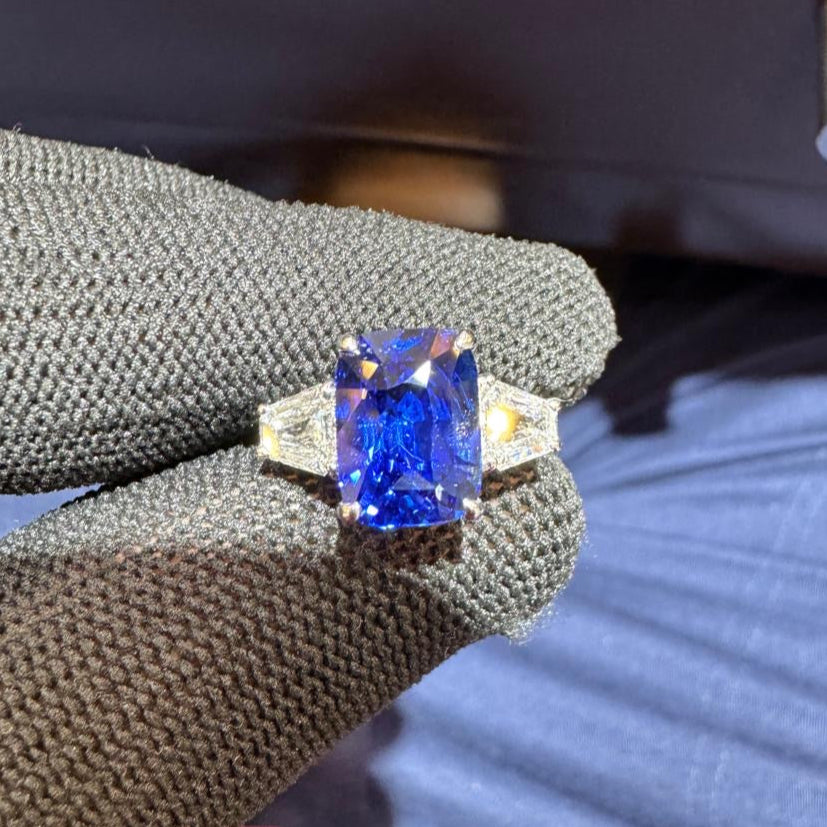
Spectrum of colours
Introduction to Sapphires
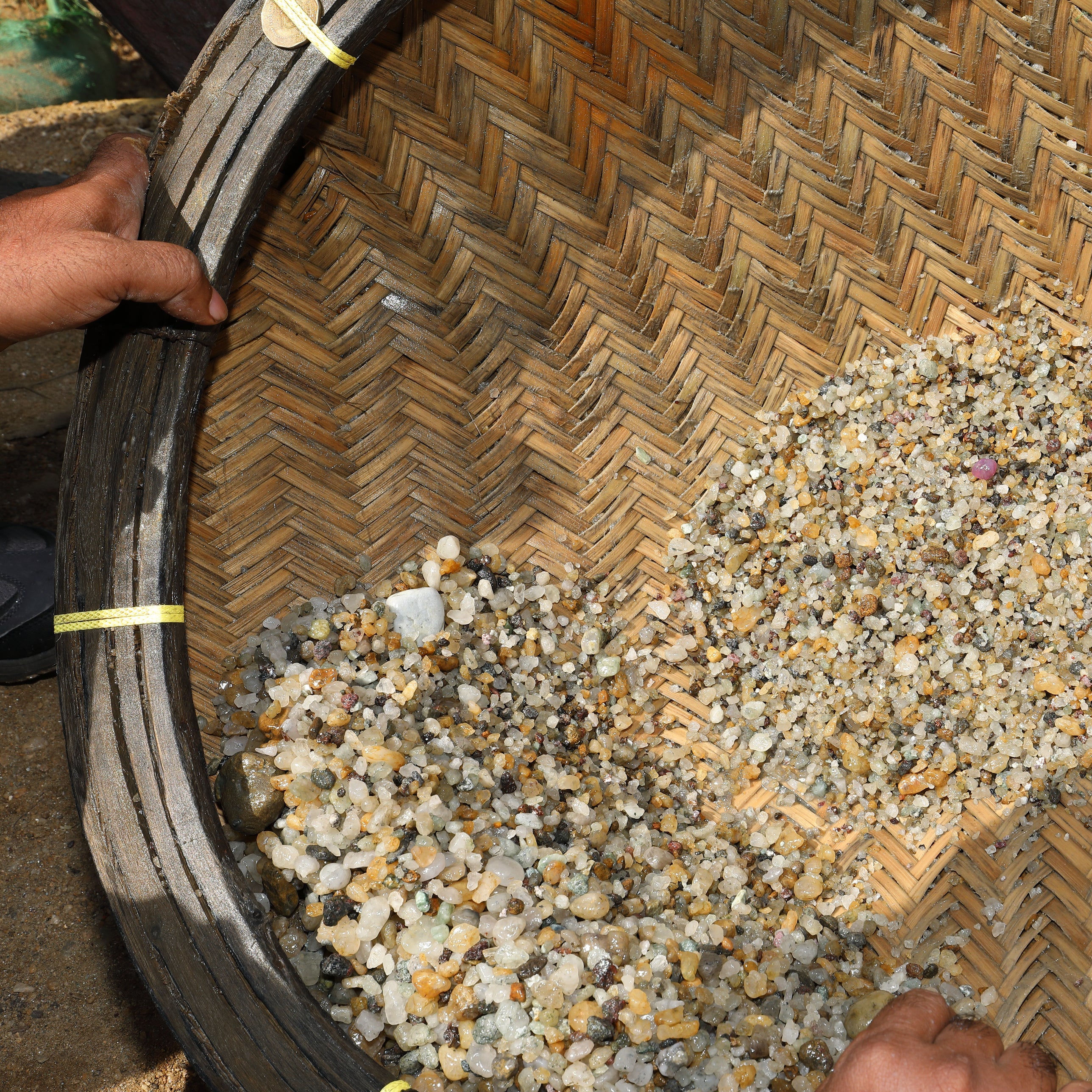
Spectrum of colours
Sapphires: Mine to market

Spectrum of colours
Sapphires treatments

Spectrum of colours
Other coloured gemstones

Spectrum of colours
Introduction To Padparadscha

Spectrum of colours
How to pick your colored stone

